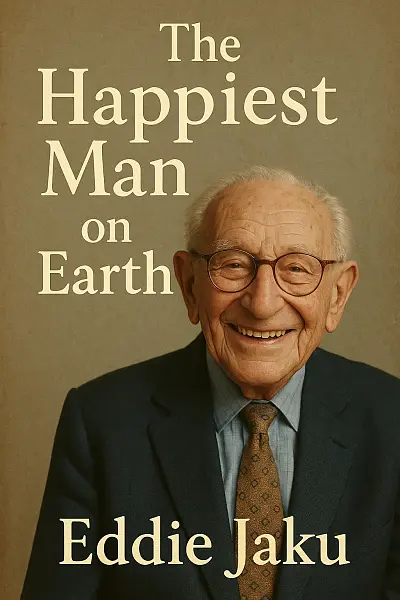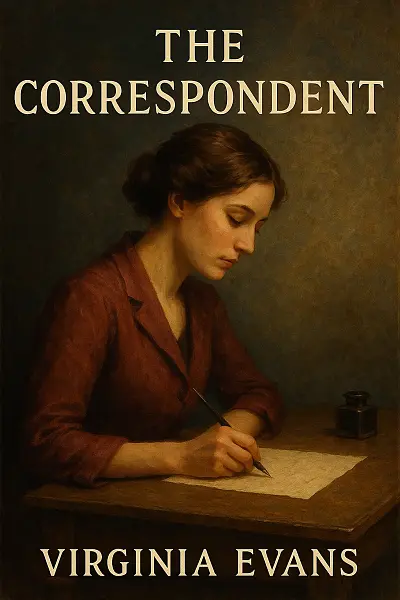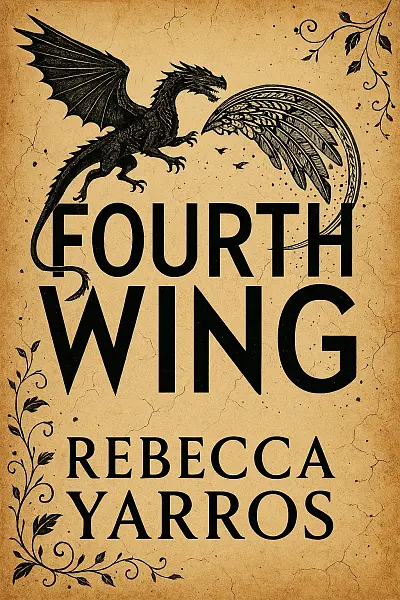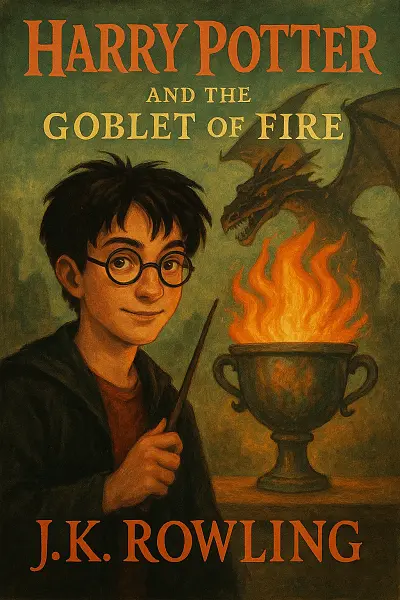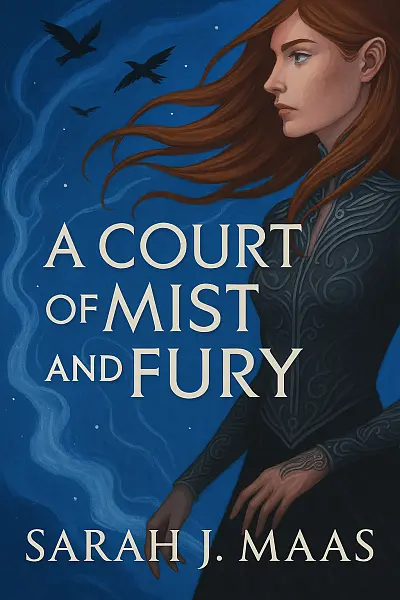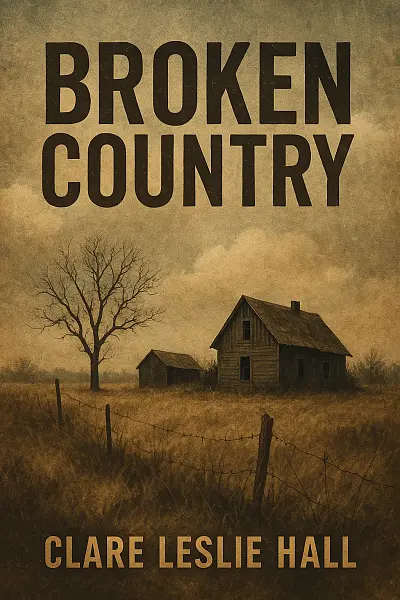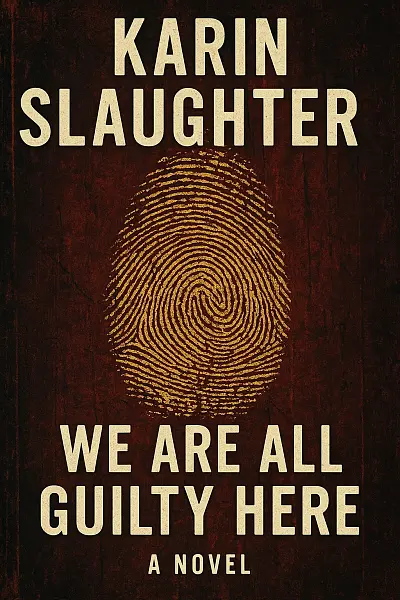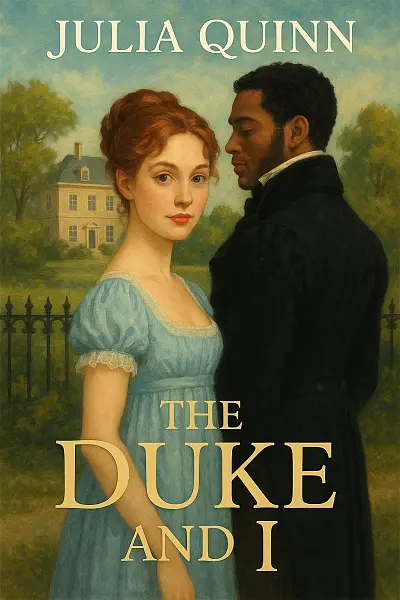
The Duke and I
by: Julia Quinn
Daphne Bridgerton, whip-smart and too genuine for London’s cutthroat marriage mart, just wants to be truly wanted—not merely liked. Enter Simon Basset, the brooding Duke of Hastings, haunted by his past and desperate to avoid the relentless matchmaking mamas of the ton.
When their paths cross, they hatch a fake-courtship scheme: Simon hopes for freedom, Daphne craves better prospects. But what starts as a clever ruse turns wickedly complicated—because feelings refuse to stick to the plan.
Set in glittering ballrooms and laced with witty banter, the story radiates charm and simmering tension. The question becomes: will they risk it all for something real?
""True love blossoms not in perfection, but in the gentle unraveling of secrets and the courage to trust another with your heart.""
Literary Analysis
Writing Style
Atmosphere
- Lively, sparkling, and unmistakably light-hearted, the atmosphere of The Duke and I is wrapped in the bright optimism of Regency England. Expect bustling ballrooms, witty salons, and garden strolls, all bubbling with the social rituals and polite intrigue of the ton. Even when things get serious, there's a sense of warmth and safety beneath the surface—a world where emotional stakes matter, but danger rarely darkens the horizon.
Prose Style
- Julia Quinn’s writing is playful, brisk, and brimming with sharp dialogue. Her sentences are clean and modern, sprinkled with wry asides and clever observations about society, family, and love. The narration balances a third-person omniscient view with moments that zoom in on the inner thoughts of the main characters, often with a wink to the reader. It’s easy to read, emotionally expressive, and never bogged down by ornate description.
Pacing
- The story moves at a snappy, energetic clip, zipping from one social engagement or private moment to the next. There’s rarely a dull moment—Quinn keeps the plot bouncing between flirtation, family shenanigans, and romantic tension. While the pacing occasionally slows for introspective beats or dramatic reveals, it quickly picks up speed again, never lingering long in melancholy or conflict.
Dialogue & Banter
- If you love witty repartee, you’re in for a treat. Quinn’s characters exchange quick-fire, laugh-out-loud banter that’s both charming and revealing. Dialogue often carries the emotional heart of the scene, delivering flirtation, familial affection, and understated confessions with equal flair.
Mood & Feel
- Effervescent and heartwarming, with the promise of happily-ever-after always in sight. There’s a cozy intimacy to the world Quinn crafts—it feels both familiar and gently idealized, a place where love, friendship, and resilience bloom amid the strictures of society. It’s comfort reading at its finest—delightfully escapist, never taking itself too seriously, and guaranteed to leave you smiling.
Key Takeaways
- Simon’s scandalous bargain: a fake engagement that spirals deliciously out of control
- “If you marry me, I promise you’ll never be bored”—banter that absolutely sizzles
- Ballroom tension so thick you’ll feel every stolen look and whispered word
- Daphne Bridgerton’s sparkling wit versus London society’s stifling rules—let the games begin
- Chapter 13: That infamous garden scene (oh yes, it’s as swoon-worthy as you’ve heard)
- Family meddling reaches comic heights, with Lady Danbury and the Bridgertons stealing every scene
- Smart exploration of consent, secrets, and what real intimacy means behind closed doors
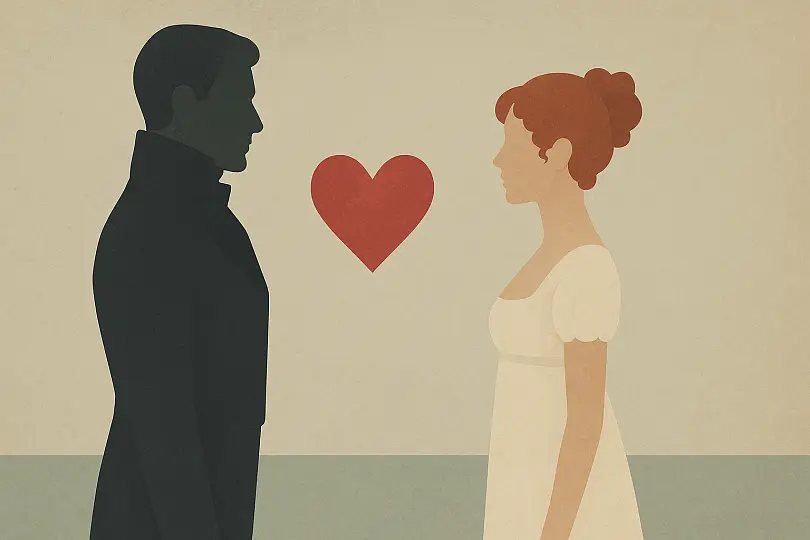
A faux courtship sparks real desire in Regency London’s glittering society.
Reader Insights
Who Should Read This
If you’re into swoony historical romances with witty banter and family drama, The Duke and I is definitely your cup of tea. Seriously, if you adored Pride and Prejudice but wished for more spice and a bit less formality, this is your jam. Fans of the Bridgerton Netflix series will absolutely gobble up the original story—it’s like the show, but richer in character quirks and Regency-era details.
- Love romance tropes? You’ll eat up the fake relationship, slow-burn tension, and the whole “will-they-won’t-they” dance.
- Not afraid of a little steam? There are some blush-worthy scenes, so if you like your love stories a little more open-door, you’re good to go.
- If you enjoy lovable but messy families, the Bridgertons are hilarious and heartwarming in equal measure. Honestly, you’ll want to be a part of their dinner table arguments.
- It’s perfect if you like light, quick reads with clever dialogue and happily ever afters—nothing too heavy or broody.
But, if you’re not a fan of historical settings or the marriage market drama of Regency England, this might just feel like a slog. Those looking for deep, gritty literary fiction or hard-hitting themes probably won’t connect—this is definitely about escapism and fun, not serious issues. Also, if you’re hoping for super nuanced, modern views on relationships, you might get frustrated; some plot points haven’t aged perfectly.
So, in short: If you love witty romance, dreamy dukes, and sibling chaos, give it a go. If you’re allergic to corsets and ballrooms (or you want serious, issue-driven books), you’ll want to skip it and find something with a little more bite.
Story Overview
Step into the glittering world of Regency London, where the witty and determined Daphne Bridgerton finds herself caught in the whirlwind of high society matchmaking and mounting family pressures.
When Daphne strikes a bold arrangement with the enigmatic Duke of Hastings, their pretend courtship starts to blur the lines between convenience and something much deeper.
Packed with sparkling banter, irresistible chemistry, and charming family meddling, The Duke and I is a delightful, swoony romance that perfectly balances humor, heart, and the dreamy allure of true love.
Main Characters
-
Daphne Bridgerton: Spirited and determined, Daphne is the eldest Bridgerton daughter whose quest for love and security leads her into a faux courtship with Simon. Her journey centers on navigating societal expectations and discovering true emotional intimacy.
-
Simon Basset, Duke of Hastings: Charismatic yet emotionally scarred, Simon returns to London with no intention of marrying, only to become entangled with Daphne through their pretend romance. His struggle with past trauma and vulnerability is a core driver of the plot.
-
Violet Bridgerton: The warm, meddling matriarch of the Bridgerton family, Violet is endlessly supportive of her children and scheming (in the most loving way) to see Daphne happily wed.
-
Anthony Bridgerton: Daphne’s protective eldest brother, Anthony takes his role as head of the family super seriously, often causing drama by intimidating Daphne’s suitors and clashing with Simon.
-
Lady Danbury: Sharp-tongued and fiercely loyal, Lady Danbury is a beloved mentor to Simon and a force of nature in society, nudging the main characters toward honesty and growth with her witty interventions.
If You Loved This Book
If you found yourself swooning over the witty banter and enchanting ballrooms of Pride and Prejudice by Jane Austen, The Duke and I offers a charming modern twist—expect that same delicious blend of social intricacies, slow-burn romance, and hidden vulnerability beneath aristocratic façades. Fans of Bridgerton will quickly notice the spirited repartee and family antics are also reminiscent of Lisa Kleypas’ Devil in Winter, where the forced proximity trope and a seemingly cold hero melt into pure romantic satisfaction.
And for anyone who’s fallen into the lush, colorful world of the Bridgerton Netflix series, Julia Quinn’s original novel pulses with the same luxurious settings, sparkling sexual tension, and whip-smart dialogue—though the book dives even deeper into character motivations and emotional stakes, offering a richer, more intimate reading experience that perfectly complements the show’s vibrant drama.
Expert Review
What happens when society’s expectations are at once confining and absurdly arbitrary? The Duke and I playfully throws this question into the opulent chaos of Regency London, shining a bright, unflinching light on the sly, sometimes ruthless social choreography of the marriage market. Julia Quinn’s beloved romance asks: do we shape our own fates, or simply dance to the ton’s relentless tune?
Julia Quinn’s writing radiates charm, deftly blending wit, warmth, and just enough sentimentality to keep both cynics and hopeless romantics on their toes. Her language strikes that elusive balance between period authenticity and modern readability—never feeling musty, always brisk. The perspective alternates with smooth confidence, granting us clear windows into both Daphne’s disarming honesty and Simon’s tightly wound vulnerabilities. Dialogue is a highlight: it sparkles where it needs to, yet cuts deep when her characters collide against the age-old barriers of class, trauma, and desire.
The structure of the novel, with its faux-courtship premise, offers familiar romance scaffolding, but Quinn is unafraid to complicate proceedings. Moments of levity—a sibling’s barbed quip, a farcical social misstep—puncture the tension, yet underpinning it all are keenly observed insights about family loyalty and emotional honesty. Occasionally, the pacing falters: certain transitional scenes lean heavily on exposition or repeat emotional beats, but overall, the narrative trips along with infectious momentum.
At its heart, The Duke and I is about intimacy—how it’s forged, fumbled, and often misunderstood. Through Simon’s lifelong battle against emotional isolation and Daphne’s hunger for genuine connection, Quinn interrogates the era’s suffocating codes of masculinity and femininity. The fake relationship trope here becomes not just a convenience, but a crucible for confronting buried wounds and social hypocrisy. The Bridgerton family’s dynamics—a rare, bustling portrait of supportive siblinghood—stand out as an antidote to the period’s more stifling gender and class scripts.
Contemporary readers will find surprising resonance in the novel’s portrait of reputation as a double-edged sword, and in its questioning of whose desires are allowed to matter. In particular, Daphne’s agency, though sometimes constrained by genre tropes, signals a pivot towards more complex heroines in historical romance. The story also gently subverts traditional romantic power dynamics, refusing tidy answers in favor of slow-burn trust building.
Within the Regency romance tradition, The Duke and I emerges as both homage and playful revision—Quinn’s signature is her generous, almost effervescent sense of humor, refreshing in a genre often bogged down by melodrama or cliché. While she nods to Austen’s social acerbity, Quinn opts for coziness and optimism over irony, paving the way for a new wave of ensemble-driven, family-centric romance series.
For all its delights, the book invites critique: at times, the lighthearted tone softens more troubling ethical dilemmas, and a pivotal moment between the protagonists may unsettle some readers with its blurred boundaries of consent. Still, Julia Quinn’s debut succeeds as a witty, emotionally intelligent confection—equal parts comfort and provocation—while marking a turning point for modern historical romance.
Community Reviews
Honestly, I finished The Duke and I and then just laid there, blinking at the ceiling, wondering if Simon was about to haunt my dreams forever. Why did he have to be so emotionally complicated? My sleep schedule is now a mess, thanks.
okay, but SIMON. the man is basically emotional whiplash with a cravat. every time he glared I was convinced he was about to burn the house down or confess a secret. HOW does one character haunt your brain this much? good luck moving on.
Honestly, Simon is living rent free in my head. That brooding, stubborn duke energy? I spent two nights up way too late because every time he opened his mouth, I had to see what chaos would follow. Help, I might be obsessed.
Did anyone else just sit there thinking about Lady Danbury for hours afterward? Her sharp tongue and secret warmth haunted my thoughts long after the last page. I need her in every book ever.
i literally stayed up until 3am because i had to know what happened after THAT garden scene. thanks a lot, simon and daphne, for ruining my sleep schedule and making me swoon at the same time.
Cultural Context & Discussion
Local Perspective
The Duke and I by Julia Quinn: Resonance with Contemporary American Readers
In the U.S. context, Quinn’s witty Regency romance taps into enduring fascinations with class mobility, individual freedom, and familial expectations:
-
Parallels with American history: Though rooted in British aristocracy, the Bridgertons’ desires for love over status echo the American ethos of pursuing happiness rather than obeying rigid societal norms. Think Gatsby-era longing or even echoes of the women’s liberation movement—Daphne's agency feels familiar.
-
Cultural Values: The importance of family and self-determination resonates, but the story’s casual take on arranged marriage and social reputation clashes with mainstream U.S. attitudes about love as a personal choice, not a business contract.
-
Plot Points: Daphne’s controversial choices (especially surrounding consent) often spark heated debate here, reflecting ongoing cultural conversations about gender roles and bodily autonomy.
-
Literary Traditions: Quinn’s snappy dialogue and emphasis on ensemble casts fit right in with beloved American rom-com and sitcom traditions—think Pride and Prejudice meets Gilmore Girls with extra Regency flair!
Points of Discussion
Controversy Summary:
-
The Duke and I has faced criticism, particularly for a non-consensual sex scene that many readers interpret as marital rape, sparking intense cultural debates around consent and healthy relationship depiction in romance novels.
-
The book has also been discussed for its handling of race and diversity, especially after the Bridgerton Netflix adaptation, with questions about the portrayal (or lack) of characters of color in the original text.
